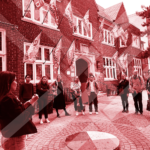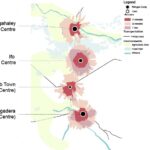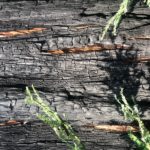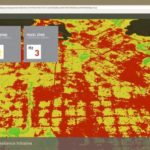
Climate change projections indicate an imminent surge in both the frequency and severity of natural disasters. The United States especially has experienced a 154% increase in the occurrence and cost of disasters.1 The Pacific Northwest faces an impending catastrophe with the anticipated Cascadia Subduction Zone Earthquake, poised to affect 7 million people across 140,000 square... Read more »











